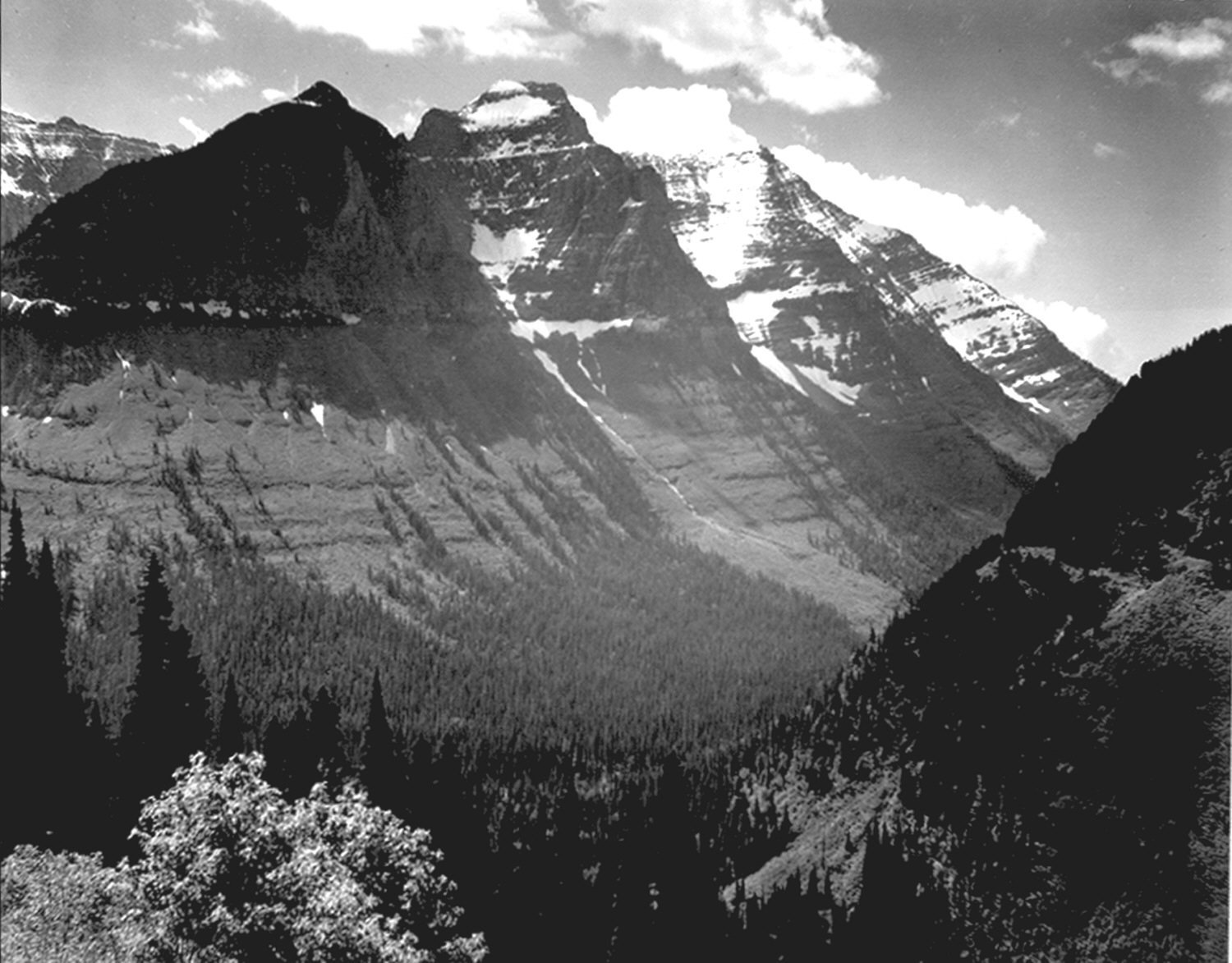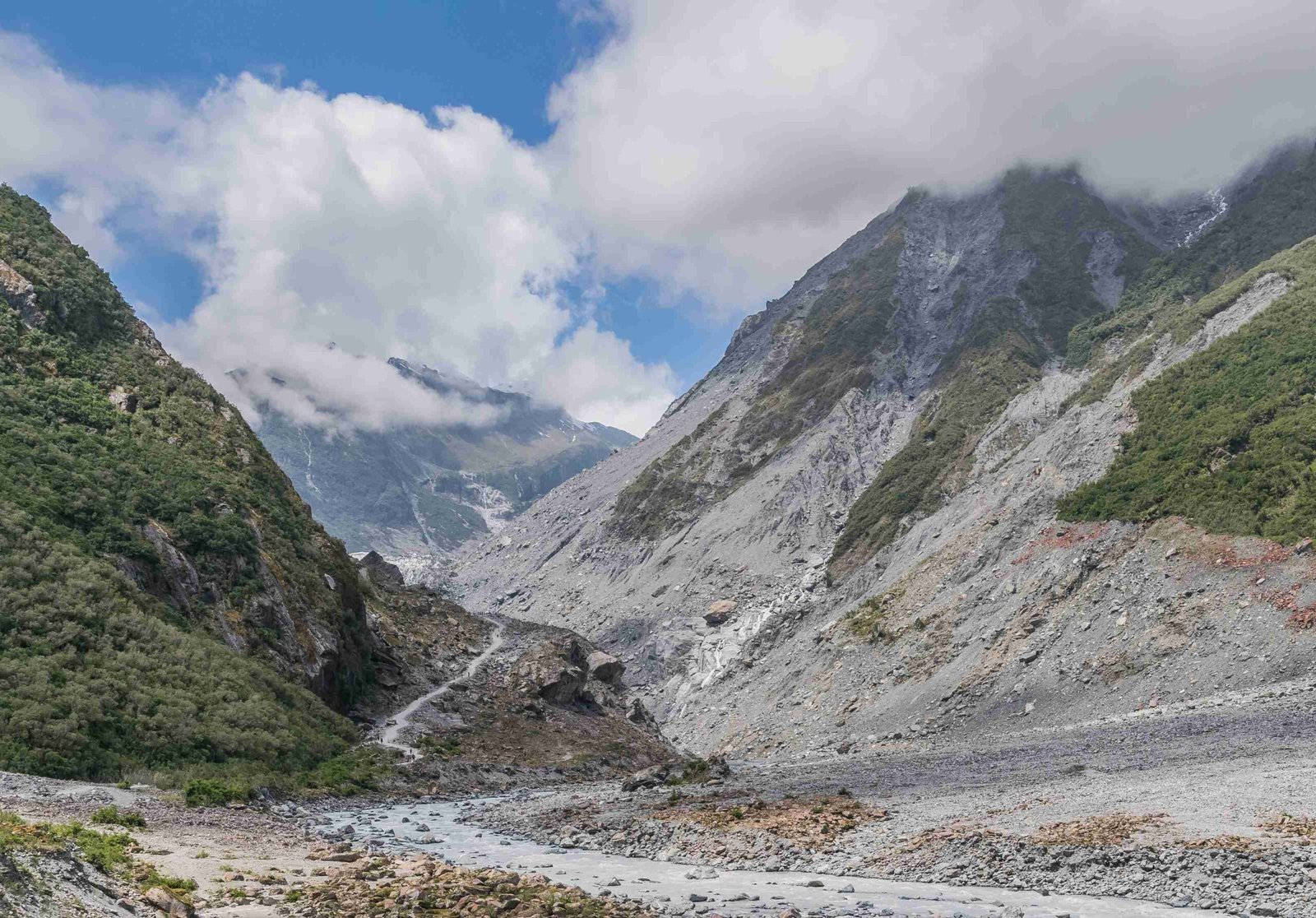Glacier National Park, known as the Crown of the Continent, offers breathtaking landscapes, diverse ecosystems, and unparalleled hiking experiences. With over 700 miles of trails, the park provides opportunities for hikers of all skill levels to explore pristine wilderness, encounter wildlife, and witness stunning glacial formations. From challenging high-altitude treks to leisurely walks through ancient forests, Glacier National Park is a hiker’s paradise that showcases the raw beauty of the Rocky Mountains.
What Are the Most Popular Trails in Glacier National Park?

Glacier National Park boasts numerous trails that cater to various hiking preferences and skill levels. Here are some of the most popular routes:
- Grinnell Glacier Trail
- Distance: 7.6 miles round trip
- Elevation Gain: 1,840 feet
- Difficulty: Strenuous
-
Highlights: Glacial lakes, alpine meadows, wildlife sightings
-
Highline Trail
- Distance: 11.8 miles (Highline Loop)
- Elevation Gain: 1,950 feet
- Difficulty: Strenuous
-
Highlights: Panoramic views, Garden Wall traverse
-
Avalanche Lake Trail
- Distance: 4.5 miles round trip
- Elevation Gain: 730 feet
- Difficulty: Moderate
- Highlights: Cedar and hemlock forest, gorge views
How Should Hikers Prepare for Glacier National Park Trails?

Proper preparation is crucial for a safe and enjoyable hiking experience in Glacier National Park. Consider the following tips:
- Check trail conditions and weather forecasts before setting out.
- Carry essential gear:
- Bear spray
- First aid kit
- Map and compass
- Plenty of water and snacks
- Appropriate clothing layers
- Inform someone of your hiking plans and expected return time.
- Start early to avoid afternoon thunderstorms and crowded trails.
- Be aware of wildlife and follow park guidelines for encounters.
What Are the Best Seasons for Hikinghiking Glacier National Park?
While Glacier National Park is open year-round, the best hiking season typically runs from late June to early September. Here’s a breakdown of what to expect in each season:
| Season | Trail Conditions | Advantages | Challenges |
|---|---|---|---|
| Summer | Most trails open | Ideal weather, long daylight hours | Crowded trails, limited parking |
| Fall | Variable conditions | Fall colors, fewer crowds | Unpredictable weather, some facility closures |
| Winter | Snow-covered trails | Solitude, winter sports | Limited access, extreme cold |
| Spring | Muddy, some snow | Wildflowers, waterfalls | Trail closures, avalanche risk |
How Can Hikers Stay Safe in Glacier National Park?
Safety should be a top priority when hiking in Glacier National Park. Follow these guidelines:
- Be bear aware:
- Carry bear spray and know how to use it
- Make noise while hiking to avoid surprising wildlife
- Hike in groups when possible
- Stay on designated trails to prevent getting lost and damaging fragile ecosystems.
- Be prepared for sudden weather changes by packing appropriate gear.
- Don’t push beyond your physical limits or experience level.
- Properly store food and scented items to avoid attracting wildlife.
What Amenities Are Available for Hikers in Glacier National Park?
Glacier National Park offers various amenities to support hikers:
- Restrooms: Available at visitor centers, campgrounds, and some trailheads
- Water sources: Natural sources (treat before drinking) and potable water at select locations
- Picnic areas: Located near popular trailheads and lakes
- Campgrounds: Several options for overnight stays, including Apgar and Many Glacier
- Shuttle services: Free shuttles along Going-to-the-Sun Road to reduce parking issues
How Can Hikers Minimize Their Impact on Glacier National Park?
Practicing Leave No Trace principles is essential to preserve Glacier National Park’s pristine environment:
- Plan ahead and prepare to minimize waste and impact.
- Stay on designated trails to protect vegetation and prevent erosion.
- Dispose of waste properly, including human waste.
- Leave natural and cultural artifacts undisturbed.
- Minimize campfire impacts by using established fire rings or camp stoves.
- Respect wildlife by observing from a distance and not feeding animals.
- Be considerate of other visitors to preserve the wilderness experience for all.
What Are Some Lesser-Known Trails in Glacier National Park?
While popular trails offer stunning views, consider exploring these lesser-known gems:
- Siyeh Pass Loop
- Distance: 10.3 miles
- Elevation Gain: 2,240 feet
-
Highlights: Diverse landscapes, alpine meadows
-
Ptarmigan Tunnel
- Distance: 10.7 miles round trip
- Elevation Gain: 2,300 feet
-
Highlights: Unique tunnel feature, panoramic views
-
Iceberg Lake Trail
- Distance: 9.7 miles round trip
- Elevation Gain: 1,275 feet
- Highlights: Turquoise lake, wildflower meadows
How Can Hikers Capture the Beauty of Glacier National Park?
Photography enthusiasts can follow these tips to capture stunning images:
- Plan for golden hour lighting at sunrise and sunset.
- Use a tripod for sharp landscape shots, especially in low light.
- Include foreground elements to add depth to your compositions.
- Respect wildlife and maintain a safe distance when photographing animals.
- Protect your gear from the elements with weatherproof covers.
What Should Hikers Know About Glacier National Park’s Ecosystem?
Understanding Glacier National Park’s ecosystem enhances the hiking experience:
- The park is home to over 1,000 plant species and 70 mammal species.
- Climate change is causing rapid glacier retreat, affecting the park’s landscape.
- Alpine areas are particularly fragile and sensitive to human impact.
- The park’s diverse habitats range from temperate rainforests to alpine tundra.
By appreciating the park’s ecological significance, hikers can become stewards of this unique environment and contribute to its preservation for future generations.
References:
1. HikingInGlacier.com
2. VisitMT.com
3. Parks Canada – Glacier National Park